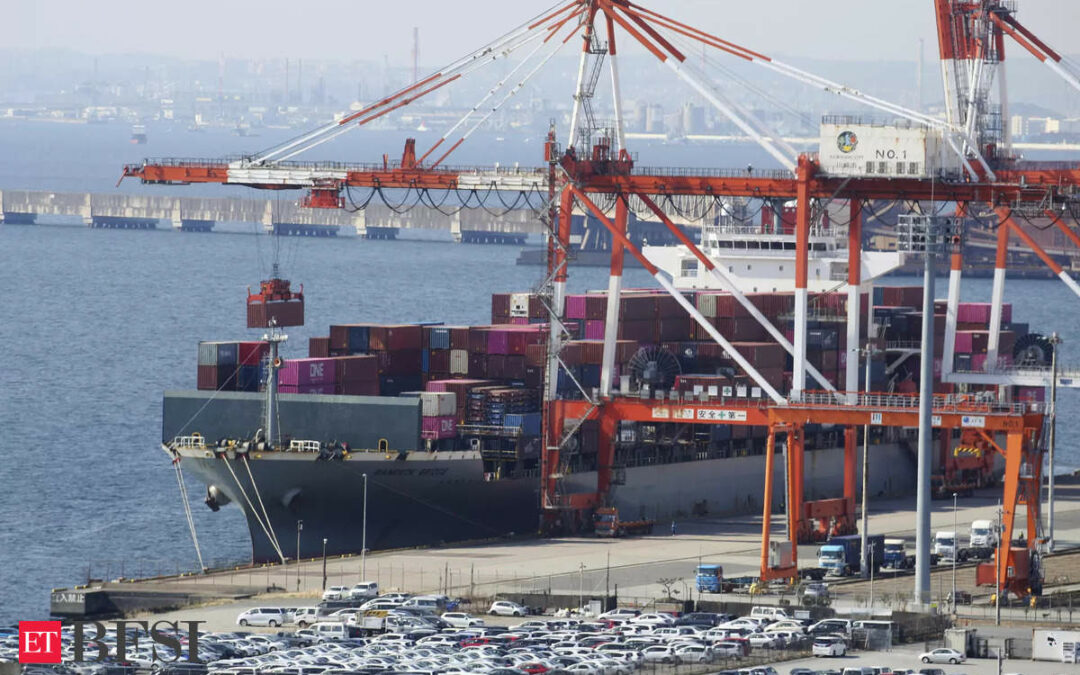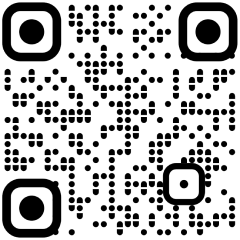India’s current account deficit (CAD) declined sharply to 1% of the GDP or $8.3 billion in the second quarter of this financial year 2024, data released by RBI said on Tuesday.
The decline is driven by mainly due to lower merchandise trade deficit and growth in services exports, it added.
The CAD was 3.8% of GDP or USD 30.9 billion in July-September quarter in 2022-23.
Underlying the lower current account deficit on a year-on-year (y-o-y) basis in Q2:2023-24 was the narrowing of merchandise trade deficit to US$ 61.0 billion from USD 78.3 billion in Q2:2022-23.
Key features of BoP in second quarter
RBI data said the services exports grew by 4.2% on a y-o-y basis on the back of rising exports of software, business and travel services. Net services receipts increased both sequentially and on a y-o-y basis.
Net outgo on the primary income account, primarily reflecting payments of investment income, increased to USD 12.2 billion from USD 11.8 billion a year ago.
Private transfer receipts, mainly representing remittances by Indians employed overseas, amounted to USD 28.1 billion, an increase of 2.6 per cent from their level during the corresponding period a year ago.
In the financial account, net foreign direct investment witnessed an outflow of US$ 0.3 billion as against an inflow of USD 6.2 billion in Q2:2022-23.
Foreign portfolio investment recorded net inflow of USD 4.9 billion, lower than USD 6.5 billion during Q2:2022-23.
External commercial borrowings to India recorded net outflow of USD 1.8 billion in Q2:2023-24 as compared with net outflow of USD 0.5 billion in Q2:2022-23.
Non-resident deposits recorded net inflow of USD 3.2 billion as compared with net inflow of USD 2.5 billion in Q2:2022-23.
Key features of BoP in first half of 2023
During the first half of the 2023, India’s current account deficit moderated to 1% of GDP from 2.9% in same period last year, on the back of a lower merchandise trade deficit.
Net invisibles receipts were higher on a y-o-y basis primarily on account of higher net services receipts. Net FDI inflow at USD 4.8 billion was lower than USD 19.6 billion.
Portfolio investment recorded a net inflow of USD 20.7 billion against an outflow of USD 8.1 billion a year ago.
RBI also highlighted that there was an accretion of USD 27 billion to the foreign exchange reserves, on a BoP basis.
Notably, Fitch Ratings recently anticipated India to be among the world’s fastest-growing countries with resilient GDP growth of 6.5% in 2024-25. Further, for the current financial year 2023-24, it pegs GDP growth at 6.9%.
“Demand will remain strong for cement, electricity and petroleum products, with high-frequency data in 2023 sustained at well above pre-Covid-19 pandemic levels,” Fitch had said.
“India’s rising infrastructure spending will also boost steel demand. Car sales will continue to rise, despite our expectation of moderation after robust growth in 2023,” the report said.










